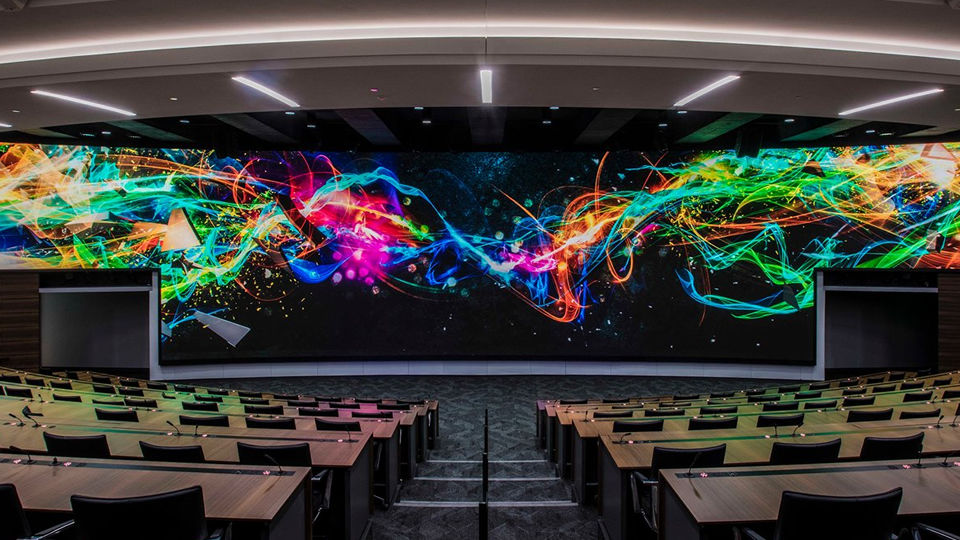If you’ve ever watched a video on your LED screen and noticed the sound didn’t quite match the picture, you’re not alone. This lag between audio and video can be pretty distracting, but it’s a common issue with some straightforward explanations—and usually some easy fixes.

What Causes the Delay?
The main reason for audio-video delay is that the video signal often takes longer to process than the audio. led displays sometimes have built-in processors that handle image adjustments—things like scaling, color correction, or frame interpolation. These processes add a slight delay because the screen needs time to work on the video frames before showing them.
On the other hand, audio signals usually don’t go through as much processing and can be played back almost instantly. This mismatch in processing time creates that annoying delay.
Other Factors That Can Affect Sync
Connection Types: Different cables and connections can introduce latency. For example, HDMI usually syncs well, but if you’re using older analog connections like VGA or composite, the lag might be worse.
Source Device Settings: Sometimes the device sending the signal (like a PC, media player, or streaming box) has settings that affect audio/video sync. If the device is struggling with high-resolution video or network buffering, delays can appear.
External Audio Systems: If you’re routing audio through external speakers or soundbars, these devices might also introduce a delay. Wireless speakers, in particular, can cause noticeable lag.
How to Fix or Minimize the Delay
Check Your Display Settings: Some LED screens have a “game mode” or “low latency mode” that reduces video processing time. Try enabling this mode to get smoother sync.
Adjust Audio Delay: Many modern receivers or soundbars allow you to manually adjust audio delay to better match the video.
Use the Same Connection Type: Stick with digital connections like HDMI or DisplayPort when possible, as they handle sync better than older analog cables.
Update Firmware: Sometimes, manufacturers release updates that improve sync performance—check your LED screen and source device for firmware updates.
A small delay between audio and video can be frustrating, but it’s often just a matter of understanding how the devices work together. With a few tweaks and the right settings, you can enjoy your LED display without the distracting lag and get back to the seamless viewing experience you expect.

